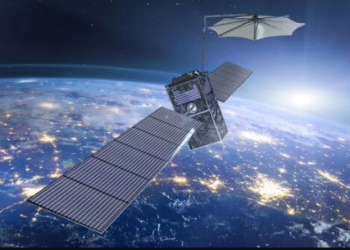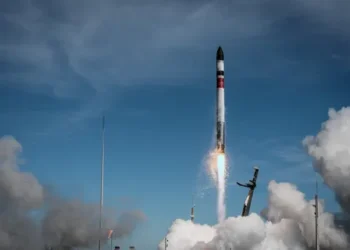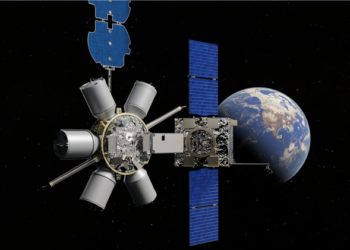SES reports robust figures, bolsters capacity with Ka-band
SES continues to show little impact from the global economic downturn, revealing a 4.4% rise in reported revenue to E1.7bn and a 12.1% increase in operating profit to E700.4m in its full year 2009 results.
While services revenues declined by 3.1%…
SES continues to show little impact from the global economic downturn, revealing a 4.4% rise in reported revenue to E1.7bn and a 12.1% increase in operating profit to E700.4m in its full year 2009 results.
While services revenues declined by 3.1% year-on-year to E360.3m, the FSS operator’s core infrastructure business continued to grow with revenue up 3.7% to E1.445.5bn. Based on a reported EBITDA of E1.189.5bn, up 8.1% year-on-year, SES’ EBITDA margin was 69.9%.
Having refinanced a substantial portion of its debt in 2009, in order to push out its maturity profile, the company’s net debt rose by 2.5% between 2008 and 2009 to E3.561.9bn. However, with EBITDA rising 8.1% during the same period, the company’s net debt-to-EBITDA ratio fell to 2.99x. This is the first time it has fallen below 3x since Q1 2008 and means the operator continues to maintain an investment grade rating.
SES is currently at the top of its capex cycle with 13 satellites in the pipeline for launch between 2010 and 2014. The FSS operator expects expenditure to be approximately E875m in 2010, including the net acquisition cost for Protostar-2 (Ku-band only), up from E725m in 2009. However, these costs will fall rapidly between 2010 and 2014, with the company estimating that capex as a percentage of revenues will fall from 50% in 2010 to around 15% in 2014.
Romain Bausch, president and CEO, commented: “SES built significantly on its profitable base, through acquisition and investments, to further develop the foundation for future growth. During the year, SES contracted five additional satellites, so that there are currently 12 satellites under construction. Our intensive satellite investment programme is projected to deliver over E400m of new annual revenues in the 2015 time horizon.
“Further growth will come from SES’ minority investment in O3b Networks, a satellite constellation that will bring high-speed, low latency internet trunking to markets which have little or no broadband connectivity. We have, therefore, excellent growth prospects, as also reflected in the increase of the contract backlog, and we look forward to continuing to deliver value to shareholders.”
The investment in O3b is not SES’ only foray into Ka-band. At the turn of the year SES secured Coface-backing for a E523m debt facility to fund a package of four new EADS Astrium-built satellites: ASTRA 2E, ASTRA 2F, ASTRA 2G and ASTRA 5B. The first three of those satellites will all be located at 28.2E and will contain flexible Ka-band payloads for residential broadband services, as well as include Ku-band transponders for SES World Skies, targeting the African and Middle East markets.
In SES’ full year 2009 results conference call, Bausch pointed out that there will be two very large Ka-band transponders per satellite and that this would provide additional capacity for its Ku-band Astra2Connect service. Bausch emphasised that the Ka-band investment was minimal, commenting: “It is an incremental investment, that in terms of Euro amount is in the single-digit millions…It is a very opportunistic use of satellite investment.”








